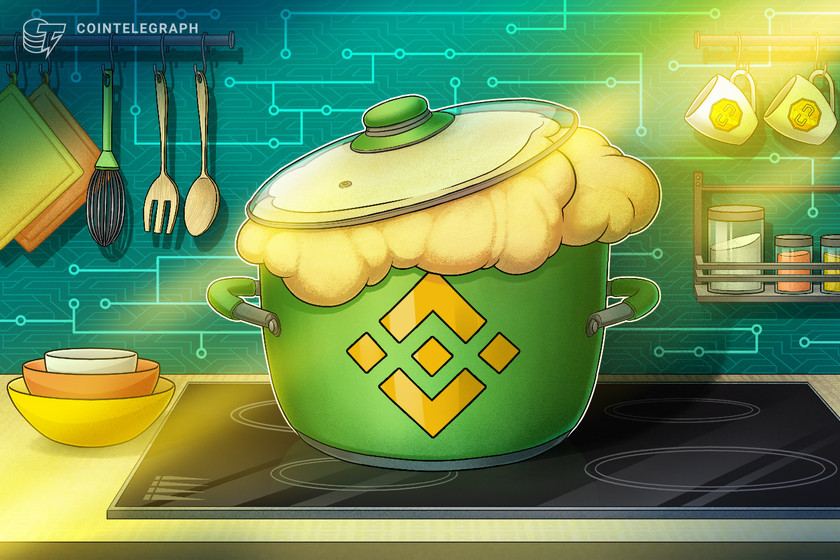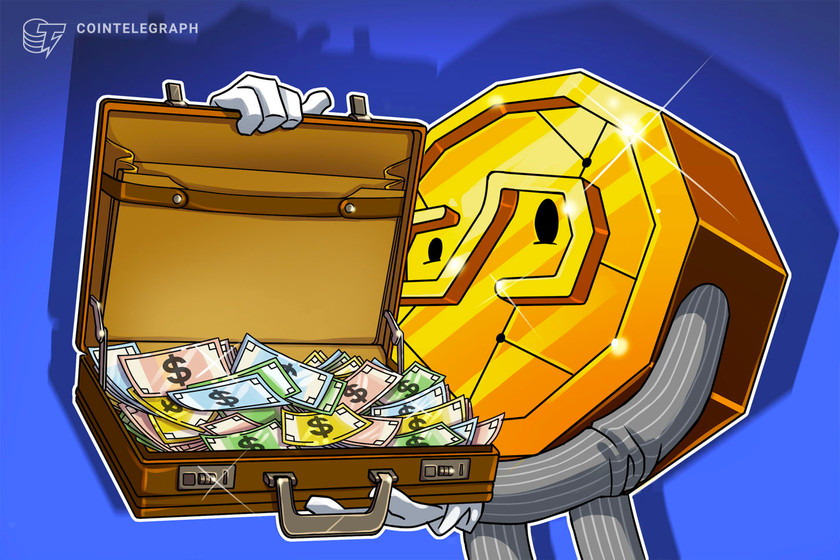BNB Greenfield hits testnet, decentralized storage coming to BNB Chain


BNB Chain is calling for developers, validators and storage providers to begin testing its BNB Greenfield decentralized storage solution.
The BNB Chain ecosystem is set to integrate decentralized storage solutions, with testing of its BNB Greenfield beginning on April 10.
BNB Greenfield is modeled to emulate conventional Web2 cloud storage solutions, providing fast and cost-effective data services in combination with enhanced ownership and integration for Web3 applications and services.
The announcement of the testnet shared with Cointelegraph outlined initial features that will allow users and developers to begin using decentralized storage.
Data permission can be moved cross-chain to the BNB Smart Chain, allowing data to be turned into tradeable digital assets that can be integrated with a variety of decentralized finance (DeFi), nonfungible tokens (NFTs) and GameFi apps on the BNB Chain.
Related: BNB Chain now has more unique addresses than Ethereum, developer says
Users can create wallets and manage data on BNB Greenfield, while developers are able to exercise control over data assets. This includes the ability to set access and conditions both manually or programmatically.
A relayer links the BNB Chain and Greenfield, which allows BNB Chain decentralized applications (DApps) to integrate with Greenfield using a software development kit. The Binance ecosystem’s BNB (BNB) token will serve as the gas and governance token for BNB Greenfield. Validators will stake BNB, participate in network governance and earn revenue from storage fees.
Meanwhile, users create accounts, transfer BNB to manage storage resources, and use native cross-chain communication between BNB Chain and Greenfield.
The Greenfield testnet will see storage providers (SPs) work with validators to facilitate the platform’s storage services. SPs are responsible for storing actual data, while validators process metadata and financial ledger information through consensus algorithms.
To become an SP, a user must deposit a service stake on the Greenfield blockchain, which is then voted for by validators through the governance process. The design aims to ensure efficient user data storage, redundancy and security. Greenfield’s proof-of-stake mechanism institutes decentralized governance of the platform.
BNB Chain senior solution architect Victor Genin said that Greenfield is now open for SPs and users to begin stress testing the service on its Congo testnet:
“Developers will be able to choose to store data anywhere, from decentralized terminals to centralized storage services while validators will be instrumental in shaping the future of data ownership and utility in Web3.”
With over 1,400 active DApps and 200 million unique addresses across the BNB Chain, the firm envisions its data storage solution to serve a booming data economy. Data from Fortune Business Insights estimates that the global data storage market will be valued at over $777 billion by 2030.
Magazine: Web3 Gamer: Shrapnel wows at GDC, Undead Blocks hot take, Second Trip

























